quality you can touch
Ravaioli Legnami has obtained the ISO 50001 (international energy management standard) certification and earned a two-star legality rating from the Italian Competition Authority (AGCM).
All the Company’s materials comply with Timber (EUTR) Regulation EU 995/2010 No 995/2010 on the traceability of timber origin – and FSC®, PEFC, and EPD® certificates are available for the specified materials.
company certifications
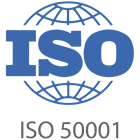
ISO 50001 Energy Certification
International Standard that helps ensure access to clean, dependable, and sustainable energy. This ISO-developed voluntary international standard optimises corporate resources while positively impacting the environment.
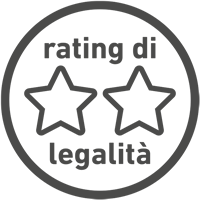
Legality Rating
An indicator of companies’ compliance with high standards of legality. This acknowledgement, issued by the Italian Competition Authority (AGCM), provides a score from 1 to 3 stars. Ravaioli Legnami holds two stars.
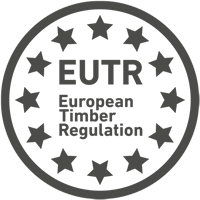
Timber Regulation
The tool through which the European Union combats the trade of illegal timber in its Member States by tracing the origin of raw materials.

CE Marking
CE Certification of conformity of factory production control, in particular, for materials for structural use, such as suspended floors and walkways. The production cycle is monitored from start to finish according to rigorous CE criteria.

Licences
– Välinge licence for profiles with concealed milling.
– RemoClip decking fastening system.
– QuickSun louvre system clip.
product certifications
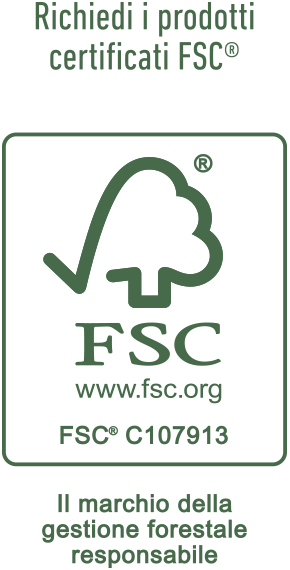
FSC®
The Forest Stewardship Council® is an international nongovernmental organization that promotes environmentally appropriate, socially beneficial, and economically viable management of the world’s forests.
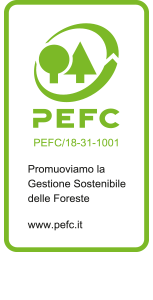
PEFC
Compliance with specific environmental sustainability requirements to protect and safeguard forests. It ensures the protection and preservation of forests, which are strictly monitored.
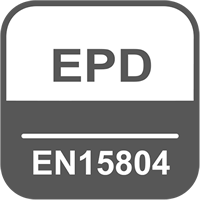
EPD
(Environmental Product Declaration) is a certificate attesting to the environmental performance associated with the life cycle of products or services, taking into account significant variables such as energy and raw material consumption, atmospheric emissions, and waste and refuse production.
